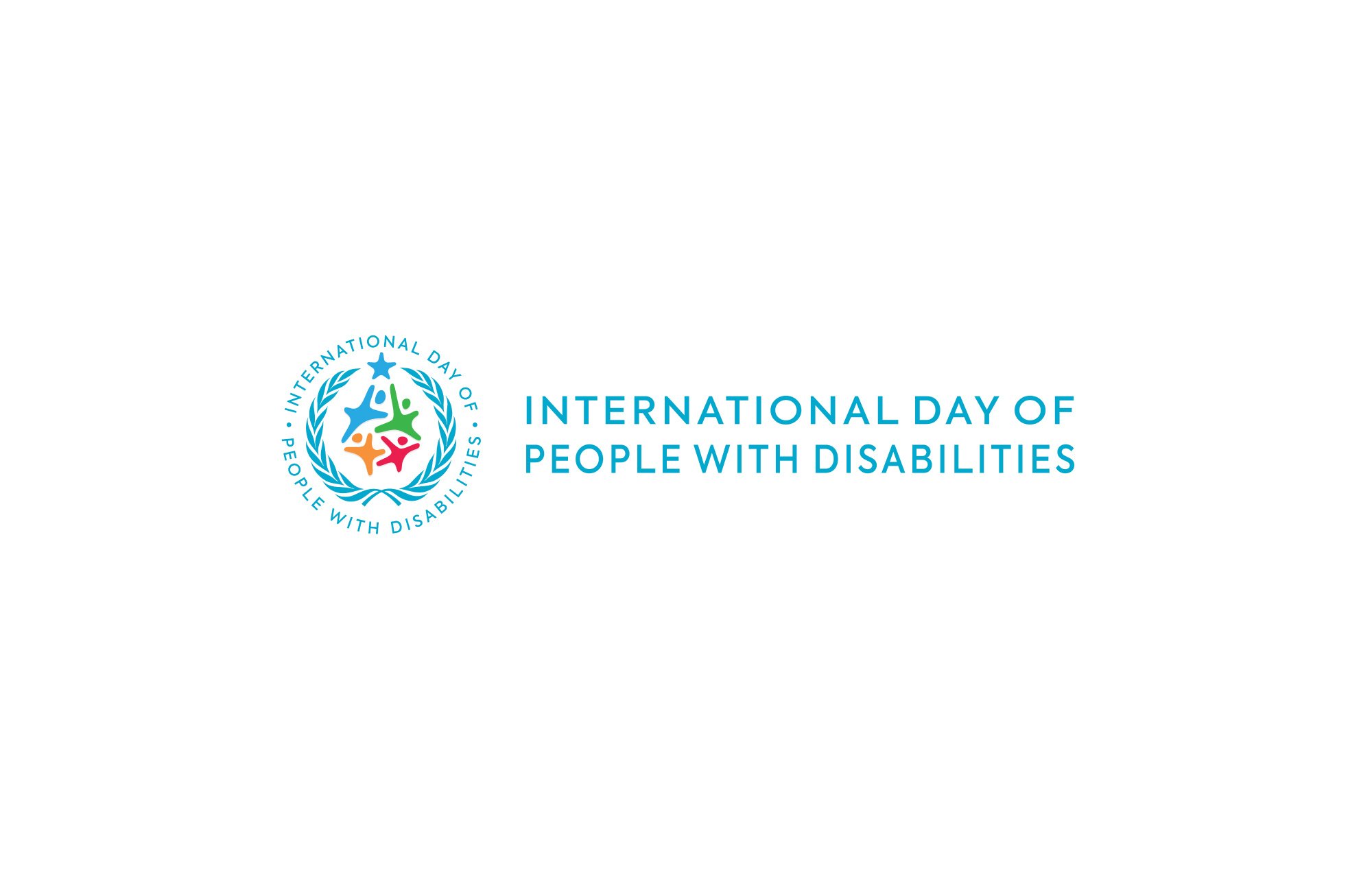Workplace cultures are like intricate tapestries, woven with a blend of beliefs, traditions, shared goals, motivations, and behaviors that define the atmosphere within an organization.
While the leadership of an organization ultimately determines its internal culture, employee attitudes, values, and level of involvement greatly influence it.
These dynamics aren’t formed in a vacuum, however. Cultural disruptions have an outsized influence on workplaces, which are constantly changing.
Given the unpredictable nature of disruptions, it is crucial to be ready for any eventuality.
Regardless of whether they are global events or community-specific issues, these disruptions have the power to create a ripple effect within an organization, impacting morale, engagement, and mental well-being.
On that note, there were a few notable findings from McKinsey & Company’s State of Organizations 2023 report:
- A majority of survey participants, over 60 percent, emphasized the increasing significance of adaptability and organizational resilience in the coming years.
- 50 percent say their organization is unprepared to react to “the external shocks that may emerge over the next few years—or the further disruption that those shocks might bring.”
Organizations' ability to navigate and respond compassionately to these changes can be crucial to maintaining a healthy, productive, and supportive environment.
A thriving and empowering workspace cultivates employee engagement, satisfaction, and productivity.
On the other hand, a detrimental or toxic environment can result in diminished morale, increased employee turnover, and impeded organizational success.
When leadership embraces compassion, it becomes a potent tool in supporting and empowering employees during challenging and uncertain times.
Understanding & Adapting to Disruption
Cultural disruptions encompass significant shifts or upheavals in societal norms, values, and expectations, often triggered by global events, technological advancements, or changes in political and economic landscapes.
An excellent illustration of this is the swift assimilation of cutting-edge technologies like artificial intelligence (AI).
While platforms like ChatGPT have revolutionized how people perform various work functions, they have also raised important questions deserving of scrutiny, such as employer expectations, best practices, and ethical concerns.
Some questions are existential: Will AI replace professionals altogether?
The COVID-19 pandemic brought about a monumental shift, particularly in the way people work. While some individuals transitioned to remote work, others, especially essential workers, were faced with pressing concerns regarding their health and safety.
Nearly four years later, organizations and their employees are still grappling with questions about remote accommodations and work-life balance.
Around the same time, the police killings of George Floyd and Breonna Taylor sparked a nationwide reckoning over systemic racism. That led to a surge in diversity, equity, and inclusion (DEI) practices inside workplaces.
Organizations are currently facing the crucial task of reevaluating and reshaping their cultures to align with the ever-evolving societal norms.
The rise of the #MeToo movement has sparked crucial discussions and prompted organizations to reassess power dynamics within the workplace, emphasizing the need for safe and respectful environments.
Economic downturns and crises also force organizations to face the challenge of adapting to financial constraints while maintaining a supportive and motivating work environment.
Both leaders and employees must possess the ability to understand and navigate these disruptions with resilience and adaptability.
Identifying Problems Proactively
In the wake of disruptions, the ability to discern subtle signs of distress among employees, whether driven by external events or personal changes, is pivotal for organizational leaders.
Leaders who are sensitive and responsive to the emotional well-being of their team members have the power to cultivate a work culture that is supportive, empathetic, and conducive to resilience and adaptability.
Recognizing these signs requires leaders to be observant and attentive.
It involves paying attention to both verbal and non-verbal cues, such as changes in behavior, mood, and performance.
Leaders should listen actively during conversations, noting any shifts in tone, demeanor, or engagement levels. They should also be mindful of physical signs of stress, such as fatigue, headaches, or changes in appearance.
However, it is not enough for leaders to simply recognize these signs; they must also take proactive steps to address them.
Here's how leaders can help:
- Create a safe and open environment where employees feel comfortable expressing their concerns and seeking support.
- Establish regular check-ins or town hall meetings to provide opportunities for dialogue and feedback.
- Adopt anonymous feedback mechanisms to ensure confidentiality and encourage honest communication.
Once employees feel safe to share their thoughts and concerns, leaders must be responsive and supportive.
Managers should provide necessary resources and support systems to prioritize employee well-being, such as:
- Mental health programs
- Counseling services
- Flexible arrangements to accommodate diverse needs
By investing in these resources, organizations demonstrate their commitment to their team members' holistic well-being and foster a culture of care and compassion.
And don't forget, it is crucial not to underestimate the impact of showing appreciation to individuals for their dedication and efforts.
Consider doing shout-outs in team meetings, or creating personalized notes of appreciation.
By celebrating individual successes, leaders foster a positive and supportive environment where every team member feels valued and motivated.
Creating a More Compassionate Company Culture
In times of upheaval and uncertainty, organizations need to cultivate a compassionate environment.
This enables leaders to lead with empathy, fostering enhanced well-being and success within the organization.
Compassionate leadership serves as the cornerstone of fostering a caring company culture. Executives and managers who exemplify empathy and understanding set the tone for the entire organization.
Demonstrating a genuine concern for your team’s well-being creates an environment where compassion is not just a policy, but a lived value.
Encourage Openness & Transparency
Establishing channels for employees to express their thoughts, concerns, and ideas without fear of reprisal helps build trust.
Encouraging dialogue, empowers employees to provide input and address areas of concern, contributing to better collaboration and mutual understanding.
Provide Necessary Resources & Support
It's important to invest in resources and support systems that prioritize employee well-being.
According to the American Psychological Association’s 2022 Work and Well-Being Survey, employee expectations related to mental health support are shifting:
- 71 percent reported that they believe their employers are more concerned about mental health than in the past.
- 81 percent said mental health support was an important factor in deciding where to work.
By actively addressing these challenges, organizations demonstrate a commitment to their team, cultivating trust and loyalty.
Institute Best Practices for Diversity, Equity, & Inclusion
Embracing diversity, equity, and inclusion (DEI) involves eliminating biases, promoting diversity in leadership, and ensuring equal opportunities for all.
The foundation of a successful DEI initiative lies in active listening.
Organizations must create communication channels for employees to share their experiences, concerns, and ideas regarding diversity and inclusion. As with any relationship, merely listening is not enough—those in positions of power should take feedback into account when making business-related decisions.
It is essential to enhance human resources capabilities at all levels to champion DEI by providing comprehensive training on best practices, unconscious bias, and cultural competence.
It’s far easier to embed DEI principles into internal processes when HR professionals are empowered with the necessary skills and knowledge.
Senior leadership also plays an important role.
Regularly measuring progress against these goals allows organizations to identify areas for improvement and celebrate successes.
As we mentioned earlier, transparency in reporting results promotes accountability and demonstrates a genuine commitment to continuous improvement in fostering DEI.
Promote a Comfortable Work-Life Balance
According to a 2021 Workmonitor Survey conducted by Randstad, the human resource consulting firm, 77 percent of Americans said they are looking for more flexibility in their job and career—a consequence of the pandemic.
Leading by example, such as leaving on time, refraining from after-hours emails, and taking regular breaks, sends a powerful message of prioritizing well-being.
Implementing a "no contact after hours" policy allows staff the necessary time to recharge, preventing burnout and fatigue.
Establishing and maintaining a healthy work-life balance reflects compassion and respect for personal time.
Here's some helpful tips:
- Enforce policies that discourage after-hours communication, making it easier for employees to disconnect and recharge during evenings and weekends.
- You can also remind staff to utilize their full vacation time as a preventive measure against burnout.
- Prioritize the well-being of employees by consistently assessing their workload and engaging in honest conversations about their stress levels.
Significant disruptions and upheavals often instill fear and feelings of uncertainty.
However, by strategically organizing your work environment to offer stability and empathy, you can make a significant impact on the well-being and contentment of your team.
By cultivating a culture of empathy, being aware of societal shifts, and implementing impactful policies, organizations can cultivate a resilient workforce that not only overcomes challenges but emerges stronger, more united, and prepared to embrace the future with unwavering confidence.






Leave a Comment